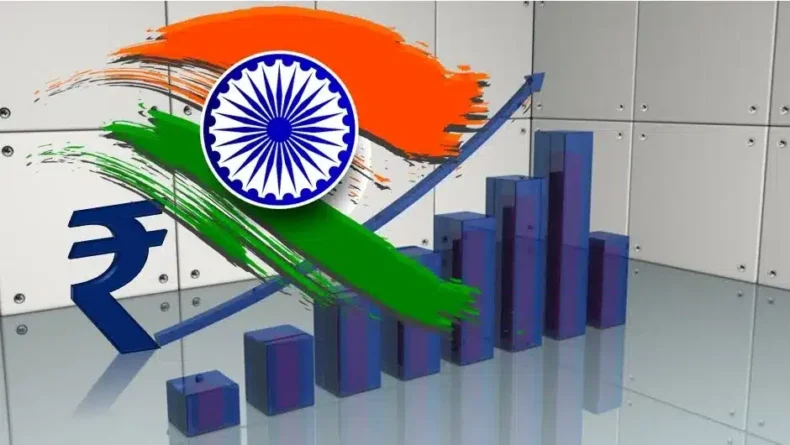In the second quarter of 2022–23, India’s current account deficit (CAD) increased to a record high of 4.4% of GDP due to a huge merchandise trade imbalance of $83.5 billion.

The quarterly CAD exceeded the economists’ $35 billion expectation and is the greatest in value in more than ten years. In the previous April-June quarter, the CAD totaled $18.2 billion, or 2.2% of GDP, whereas the deficit in the corresponding quarter a year prior had been $9.7 billion, or 1.3% of GDP.
Even so, the third-largest economy in Asia will be able to weather the external imbalances, according to the central bank and financial analysts, thanks to strong foreign exchange reserves and sound economic foundations.
Reports say that the third quarter of 2012–13 set the former record for the largest CAD, which was $31.77 billion.
The RBI attributed the rising imbalance to “the merchandise trade deficit to $83.5 billion over $63.0 billion in Q1 2022/23 and an increase in net outgo under investment income”, according to a statement.
After the data was revealed, the Financial Stability Report stated that the increased trade imbalance was due to “the impact of weakening global demand on exports, even while growth in services exports and remittances kept it up.”
According to the RBI, net service receipts climbed both sequentially and y-o-y, while services exports saw growth of 30.2% on a year-over-year (y-o-y) basis, led by exporting of software, business, and travel services. Private transfer revenues, which primarily represent remittances from Indians working abroad, increased by 29.7% from a year ago to $27.4 billion.
Balance of payments data for the nation showed a $30.4 billion deficit opposed to a $31.2 billion surplus in the same quarter a year ago. According to the report, net foreign portfolio investment saw capital inflow of $6.5 billion, rising from $3.9 billion in the second quarter of 2021–22.

The first half of 2022–23 saw net FDI inflows of $20 billion, which was comparable to the same period in 2021–22 ($20.3 billion). In H1 of 2021–22, portfolio investment saw a net outflow of $8.1 billion compared to an inflow of $4.3 billion.
Predictions of India’s 2024 CAD
Global trade is contracting as a result of disruptions caused by Covid in China as well as financial tightening by central banks in the West. Emerging Market currencies are particularly affected. India is not an anomaly, where exports are declining and imports are rising. However, the services industry in India is enduring, with software services taking the lead.
According to Sonal Varma of Nomura Securities, on the one end, the domestic slowing and lower global prices should lead to lower imports; however, on the other hand, the current account would be pressured by lower exports and the capital account would experience outflows.
Although Nomura anticipates the deficit to drop from 3% of GDP in 2022 to 2.5% in 2023, the funding of this shortfall, which is close to $100 billion, would still require significant inflows of debt and equity.













